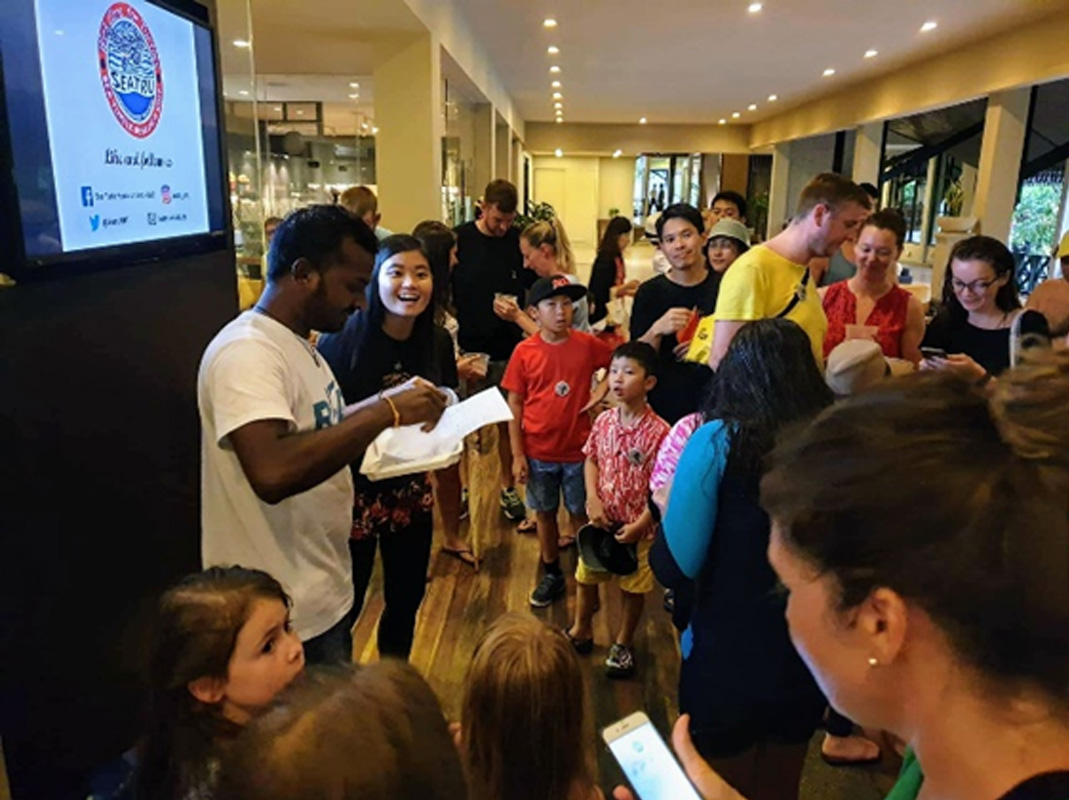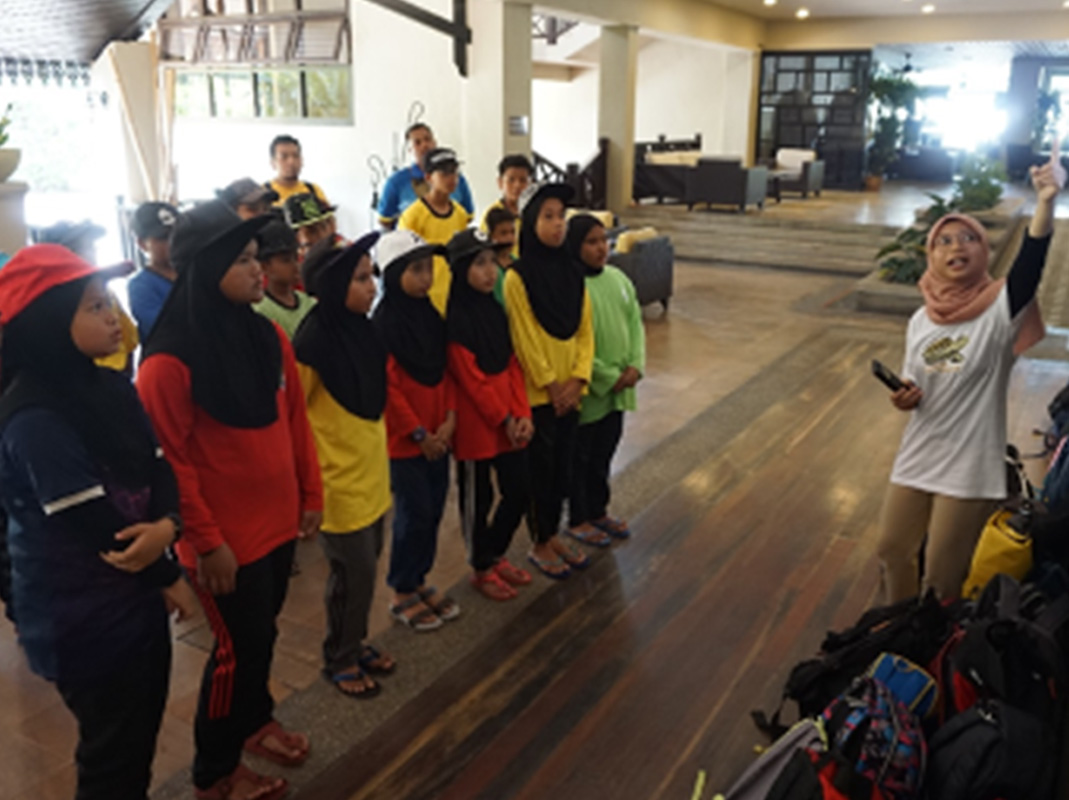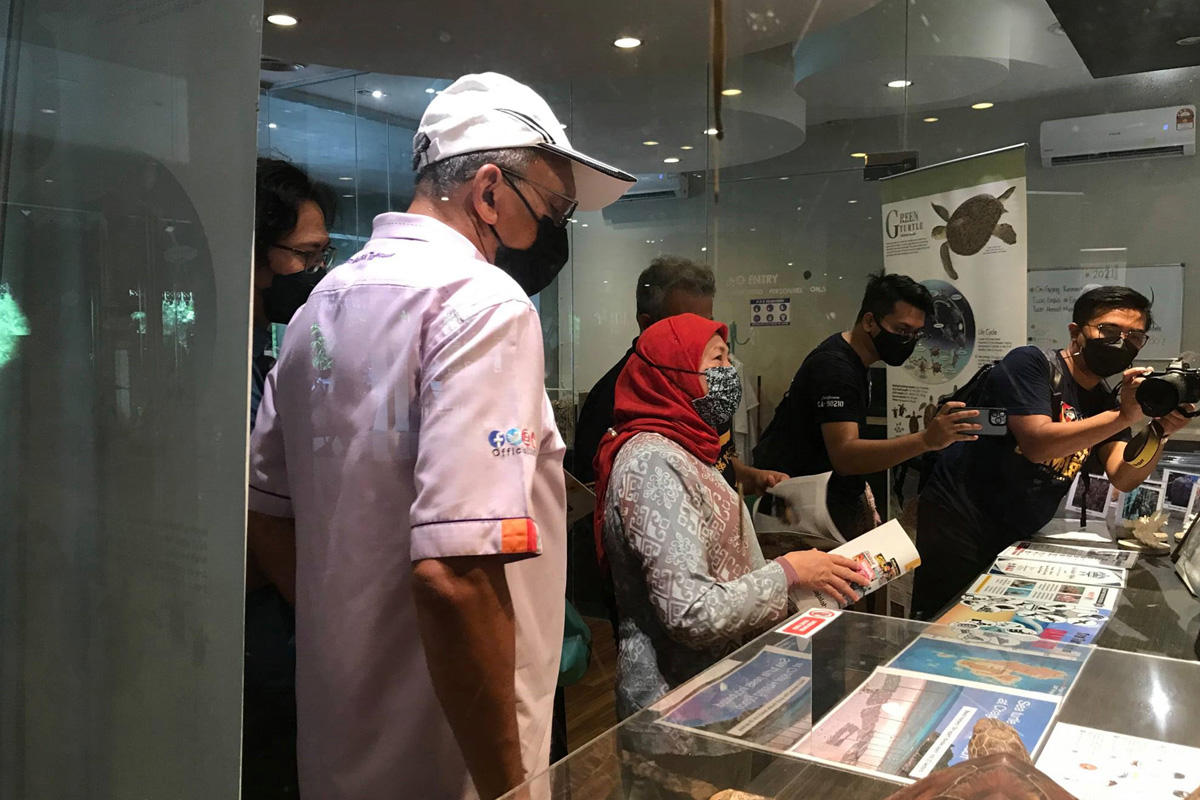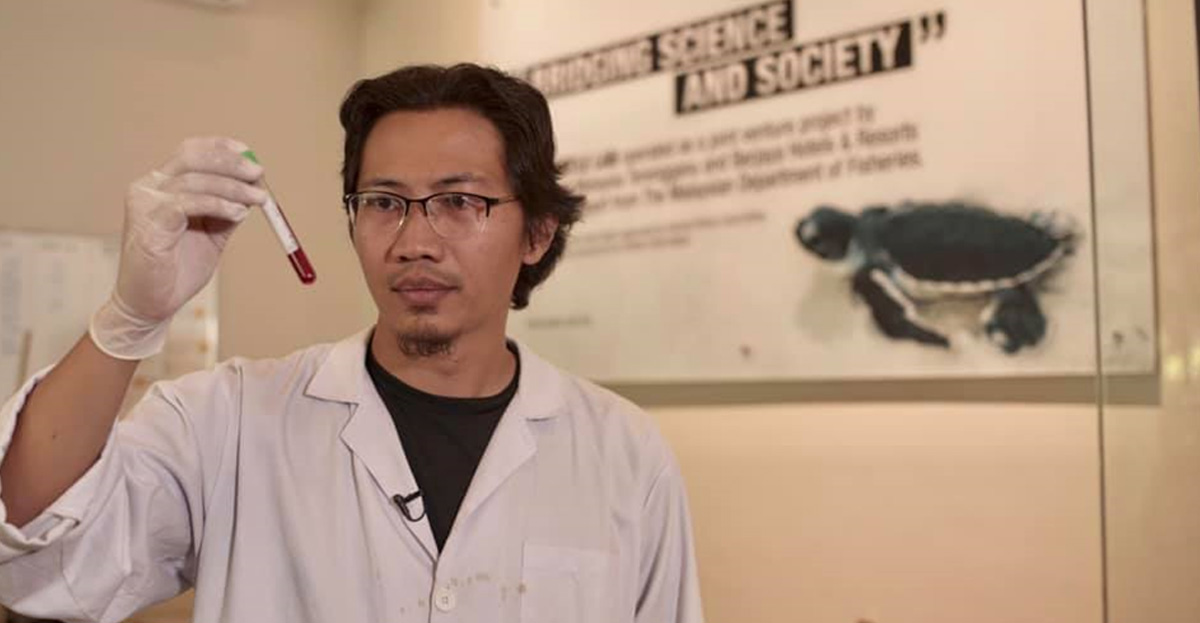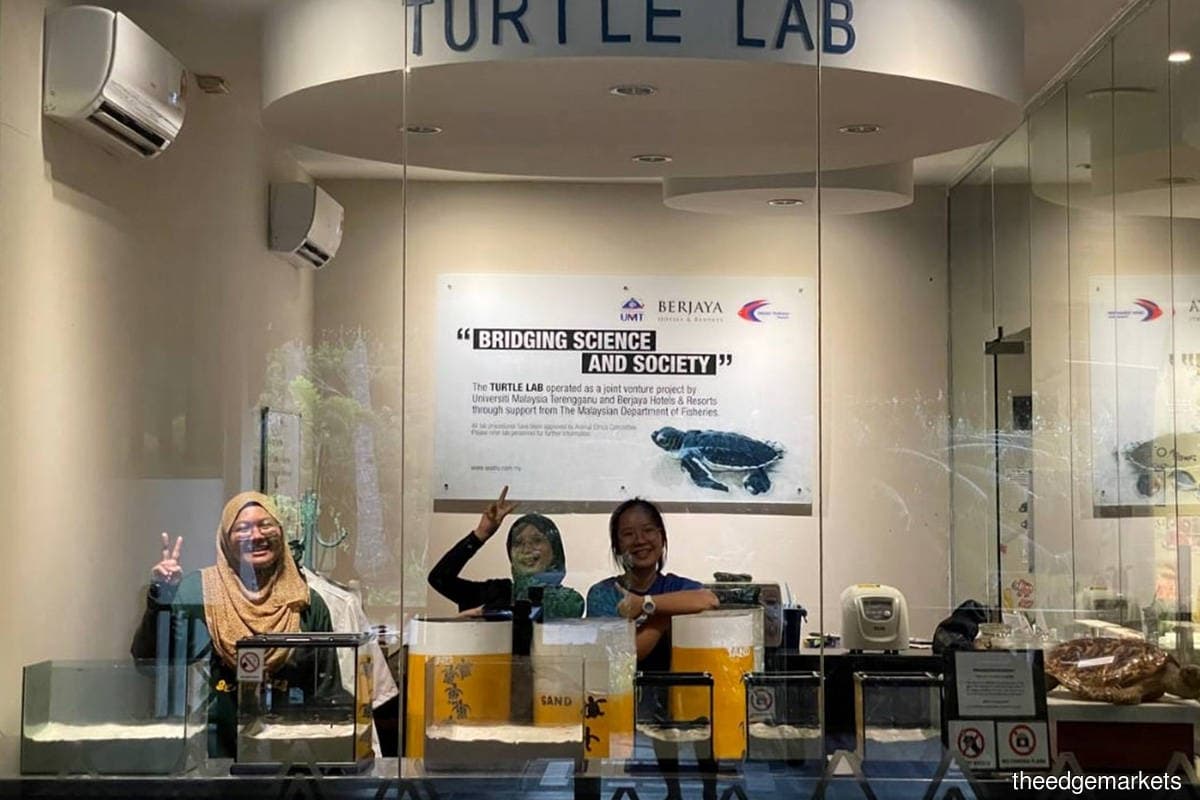
University-industry collaboration entails the collaboration of corporations and academic institutions for the combined development and sharing of knowledge, technology, and expertise. This form of partnership gives industry partners access to advanced research equipment and the knowledge of university teachers and students while also providing students and faculty with real-world projects and industry exposure. Forming an industrial lab within a university refers to establishing a research facility that addresses industry partners' demands.
Many universities worldwide have created industry-university partnerships and labs, which are important in encouraging innovation and driving economic growth. The concept of industry labs within universities dates to the late 19th and early 20th centuries when colleges began to emphasise practical research and technology transfer. The idea gained traction in the post-World War II era. Governments worldwide increased their investments in scientific and technology research, and universities and corporations recognised the benefits of collaborating more closely.
There are numerous successful examples of university-industry collaborations and the formation of industry labs within institutions. One example is the relationship developed in the early 1990s between the Massachusetts Institute of Technology (MIT) and General Electric (GE). This collaboration combined the skills and resources of MIT's faculty and students with GE's technological capabilities and industry experience, resulting in the development of new technologies, goods, and services and significant economic growth in the region. For example, the collaboration resulted in the development of GE's "Brilliant" range of industrial control systems, which are currently utilised in various industries, including power generation, aviation, and transportation. The collaboration also gave opportunities for MIT students to obtain hands-on experience and assisted GE in recruiting top talent from the university.
In Malaysia, the Sea Turtle Research Unit (SEATRU) of Universiti Malaysia Terengganu (UMT) at The Taaras Beach and Spa Resort launched a slightly different concept industry-university lab named the Public Viewing Lab in 2018. The project began when Berjaya Hotels and Resorts, which owns the resort, supported the active research group, which had been undertaking conservation and research on sea turtles in Pulau Redang since 1993. This offer was viewed as an opportunity to enhance scientific studies on this endangered species. With the lab's setup in the resort's lobby, physiological research on sea turtles may now be shown to the public, functioning as a tourism attraction.
Furthermore, the lab produces faster research results and lowers the university's laboratory running expenditures. Two researchers are assigned to the lab and are entirely sponsored by the resort. In exchange, these biologists are willing to serve as science communicators to resort visitors. With so many visitors, conservation activities now have a platform to directly engage a big audience and enhance the sale of conservation-themed goods, indicating that the lab can be self-sustaining in the long run. However, there are significant hurdles to overcome, such as regulatory and legal issues, because there is no reference or benchmark for establishing the lab. Close collaboration with the Department of Fisheries Malaysia will be critical in tackling these difficulties.
Universities and industry partners may have distinct cultures, work methods, and communication habits, which can create challenges to effective collaboration. For example, a university-based research team may conduct tests traditionally and cautiously. Still, an industry partner may work more agile and fast-paced manner. This disparity in work habits can lead to misunderstandings and irritation between the two, especially when deadlines are involved. This issue may be felt most acutely by in-house biologists working in the laboratory. To overcome these cultural differences, the university team and the industrial partner should be open to learning from one another and establishing a common ground where both parties may effectively interact. Regular communication and updates on the status of the research project can assist in keeping both sides aligned and on the same page, ensuring a successful end.
Industry partners frequently have shorter timescales for research and development, whereas universities may have longer timeframes for research and discovery. Finding a solution to balance these multiple periods can be difficult. This is related to the already described cultural barrier. However, we keep up to current on the latest scientific developments. I was intrigued by the recent speech by our Higher Education Minister Datuk Seri Mohamed Khaled Nordin, which stated, 'Let us keep in mind that our presence in university is to fulfil national and patriotic obligations, not to pursue individualistic happiness.' Therefore, it should be kept in mind by university-industry partners that our collaboration aims to advance our nation's progress.
In closing, the future of university-industry cooperation is bright, with enormous potential for growth and progress. What can be accomplished with enhanced collaboration and understanding between academics and industrial partners is limitless. Both parties bring distinct viewpoints and strengths to the table. Innovation flourishes where diverse perspectives meet. Collaboration may spur innovation and help solve complicated challenges in novel and exciting ways. With open communication and a mutual willingness to learn from one another, the final result of the university-industry cooperation is bright and full of potential for growth, development, and success.
Mohd Uzair Rusli is an Associate Professor and Head of Field Research Laboratory of the Institute of Oceanography and Environment, Universiti Malaysia Terengganu. He currently serves as chief scientist for the Sea Turtle Research Unit (SEATRU).

